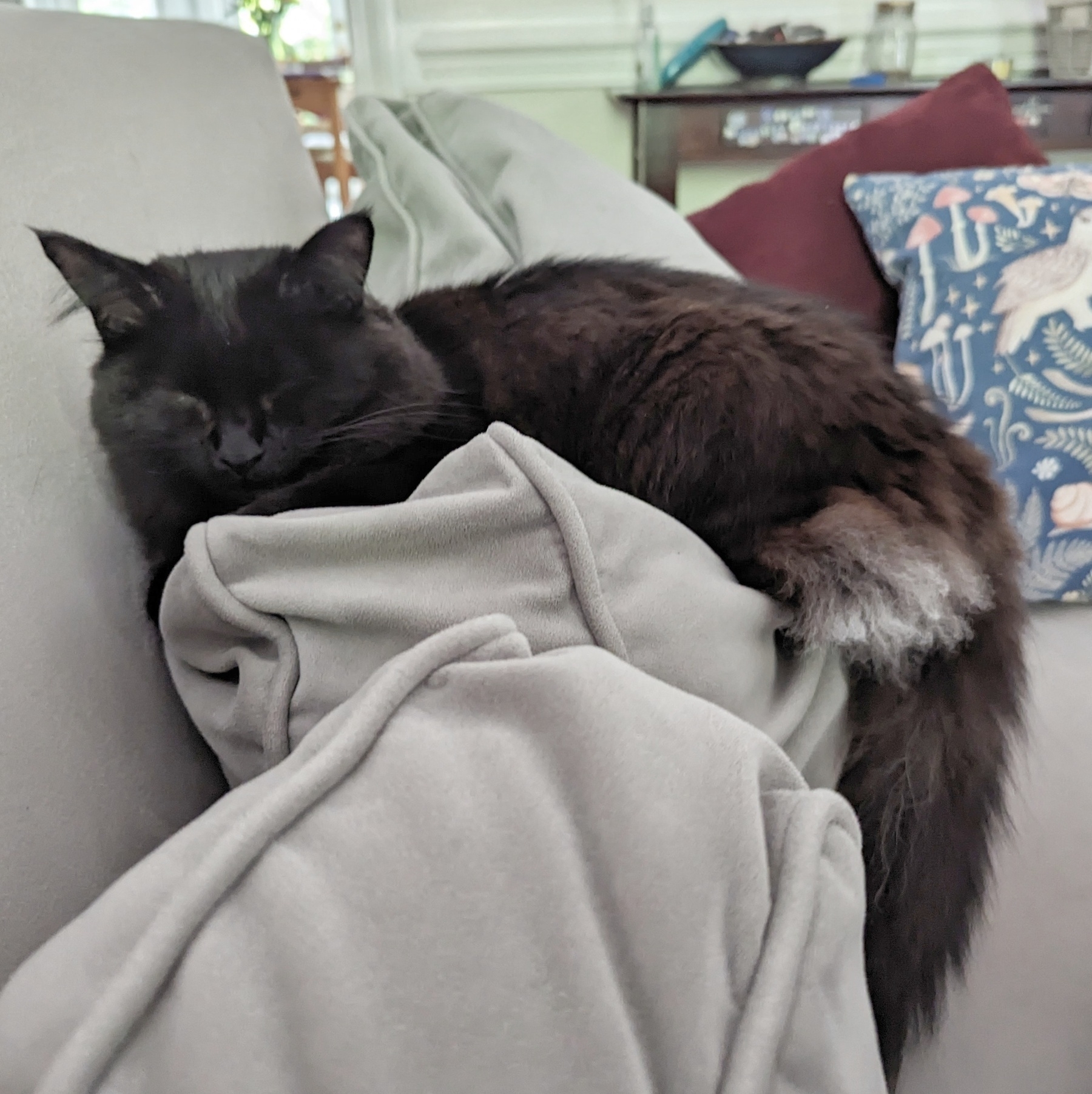Oh the irony of being unable to go to the pharmacy to pick up your (my) migraine meds because you (I) have a migraine. (Please do not recommend migraine treatments at this time, thank you.)
Today:
- woke up way too early
- read about Romance Writers of America filing for bankruptcy and the absurd way they’re trying to blame it on Courtney Milan 🔖📚
- had my first mammogram (later than I ought) (they used cute stickers to mark my sebaceous cysts)
- caught up on Season 3 of Bridgerton 📺
🎮 Played Assemble with Care.
I’m really feeling wholesome games lately, especially those with a warm pastel color palette and soothing music. In this game, you fix people’s stuff and inspire them to fix their relationships.
On sale on Steam for $3.19 through June 11, iOS & Android for $3.99.


Finished reading: The Prince of Broadway by Joanna Shupe 📚
I loved it. A delightful heroine, a debutante with dreams of owning a women-only casino. The bitter casino owner she’s chosen to mentor her. Excellent stuff.

Midnight is very sleepy.

Finished reading: The Essential X-Men Volume 3 by Chris Claremont 📚
Read as single issues and only the Uncanny X-Men books, not the annuals, but this is the easiest way to track reading the comics.
That feeling when you went to the pool with children and you only had snacks for lunch and your knee hurts and you’re ready for bed at 3:30. Hashtag relatable. Am I right?

Finished reading: The Rogue of Fifth Avenue by Joanna Shupe 📚
Gilded Age New York, a hotshot lawyer, and a responsible eldest daughter who finds her responsibility chafing. What’s not to love?
Whoops, I was too busy actually paying attention to FanLIS to take notes. Also, it turns out virtual conferences are much less exhausting when you’re not liveblogging them.
I’m attending FanLIS this morning. This is my favorite little academic space: the intersection of fan studies and library & information science. I probably won’t be live-posting but I’ll take some notes to share.